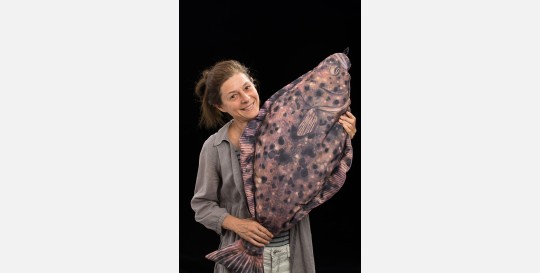Ecosystem Modelling (ECOMOD)
The marine microscopic enviroment is amazingly diverse. When a water sample is taken at sea it is not possible to predict in advance what species will be found there. Another water sample taken only a few hundreds of metres away might be very different. Yet, despite this microscopic variability and the seemingly random characteristics and behaviour of individual organisms, at the macroscale there is a clear tendency for the physical and biological environment to structure the appearance of different species.
Phytoplankton, the microscopic algae that are suspended in the water column, require light and nutrients for growth. Their metabolic rates are affected by the temperature of sea water and they are carried along with currents or may fall to the sea bottom or float to the surface depending on their buoyancy and the water turbulence. Their survival will depend on the presence of predators such as zooplankton (microscopic animals suspended in water) and on their ability to resist viral attacks or other causes of mortality. All these factors will determine which species survive best for each region and season.
By expressing the various physical and biological processes in the form of equations it is possible to build a mathematical model of an ecosystem which will describe growth and mortality of each species and how this is related to the physical environment and other species.
Examples of the ecosystem modelling research include the Eutropication Model and the Fish Larvae model. The former is used by decision makers to develop policies to reduce costal europhication, and the latter to help us better understand fish larvae survival rate variation (relative to the year and site).
The Eutrophication model shows how nitrates and phosphates from European rivers affect the growth of phytoplankton in the Southern North Sea and the English Channel. While originally developed to investigate eutrophication, this model is now being adapted to simulate also the role of phytoplankton in the carbon cycle, the response of phytoplankton populations to sea temperature changes and the impact of blooms of Phaeocystis globosa on offshore mussel farms.
The Fish Larvae Model model simulates the dispersion of Solea solea (common sole) larvae. These fish are a commercially important species. This computer model will simulate the physical and biological environment of the North Sea. In the model, larvae will be released at different locations within the North Sea and it will be possible to see how they are dispersed by currents and how they encounter favourable or unfavourable conditions for growth and survival. Results will be validated by comparison with seaborne data for fish larvae abundance and genetic characteristics.









